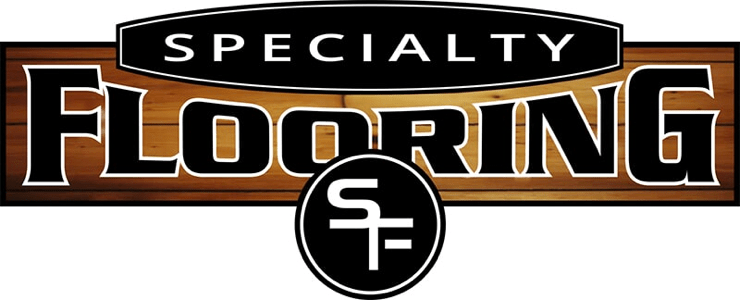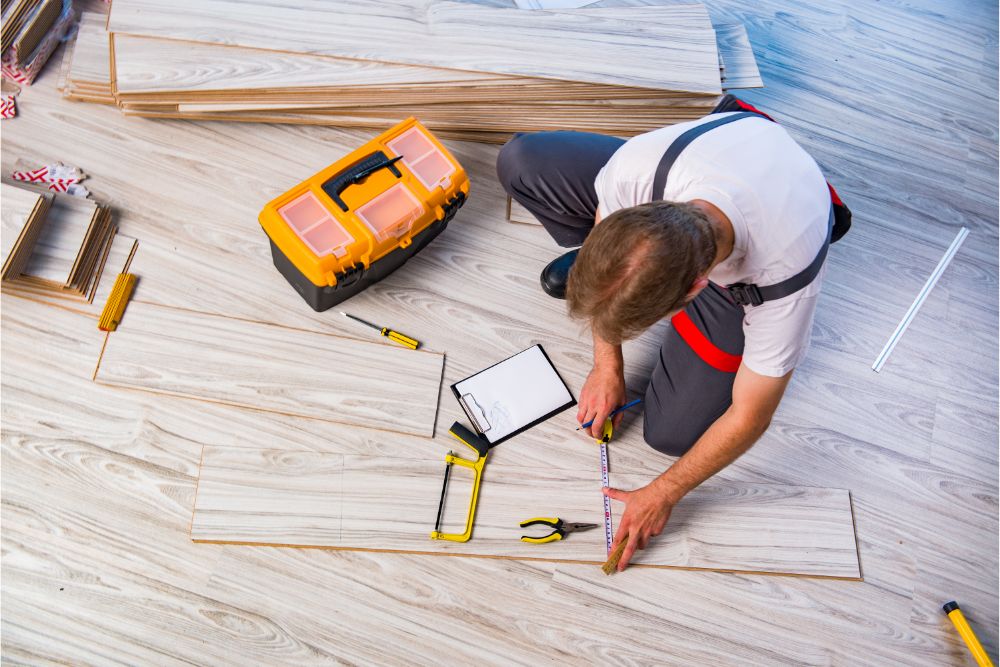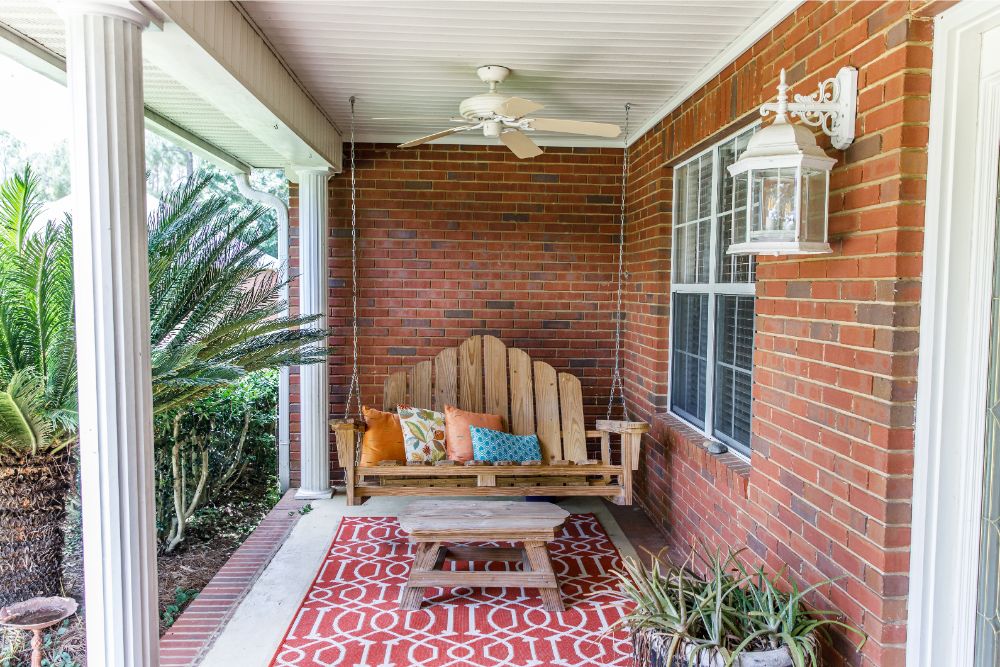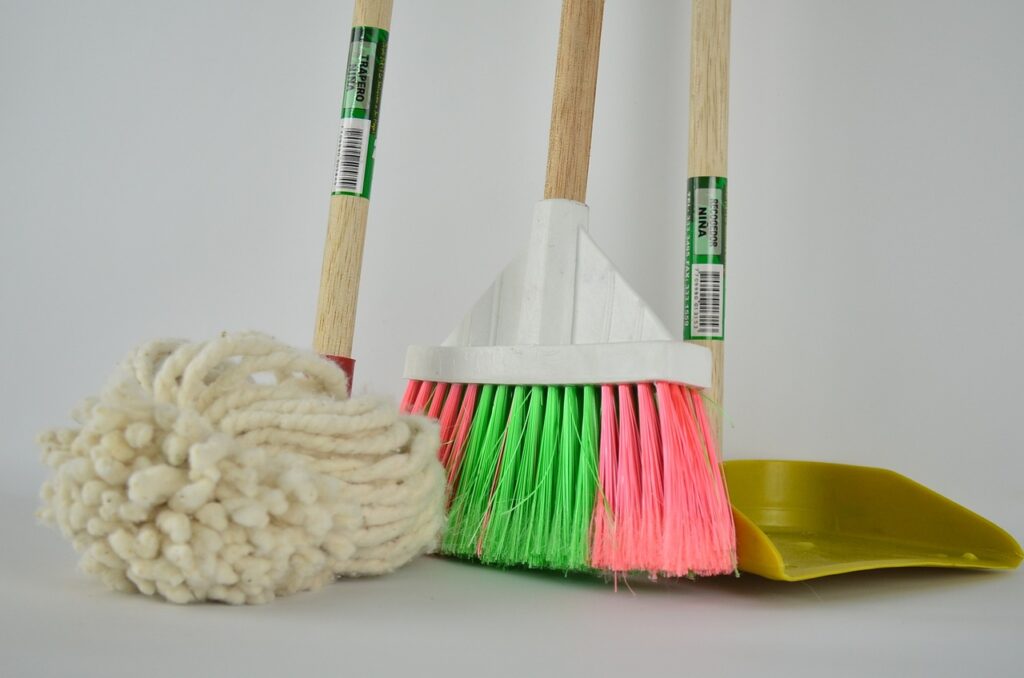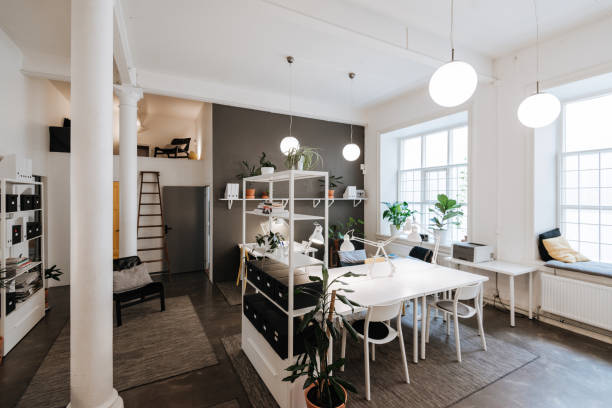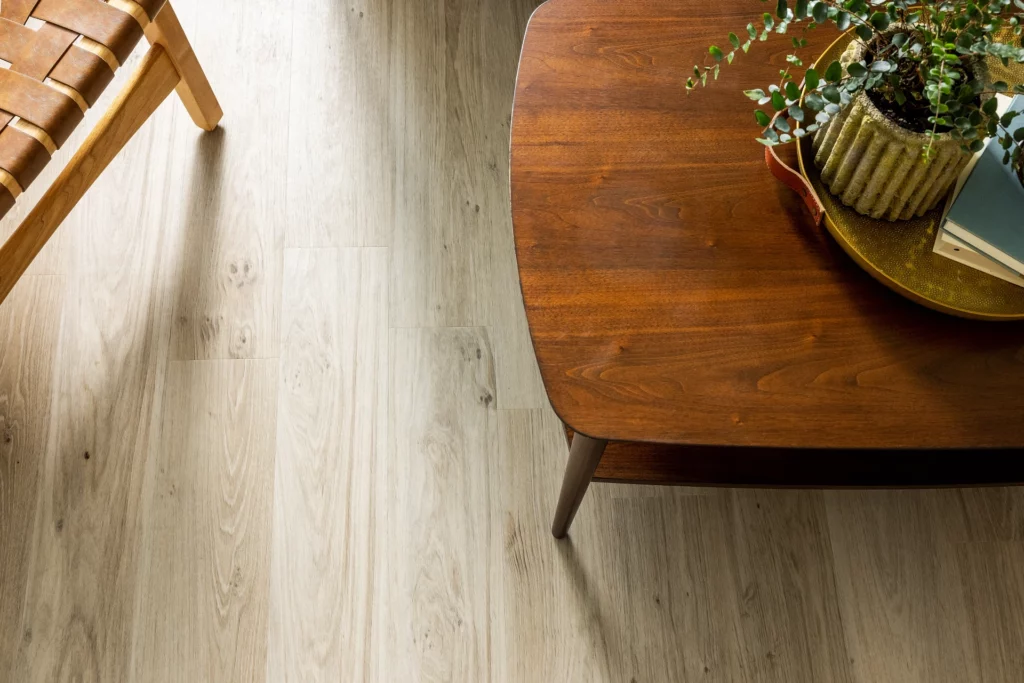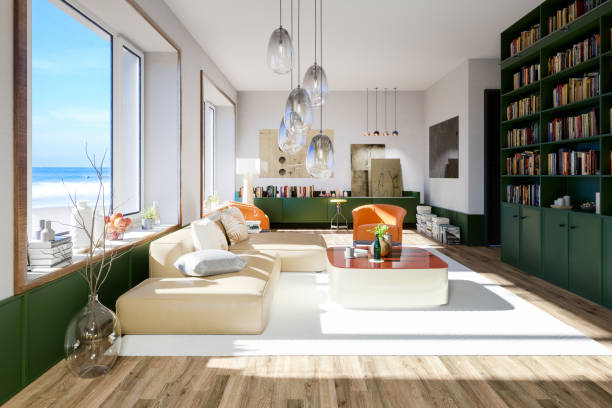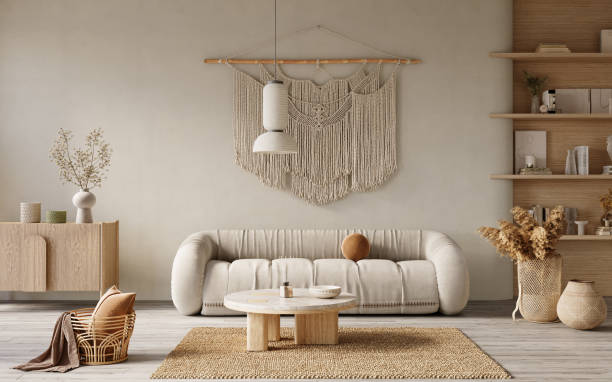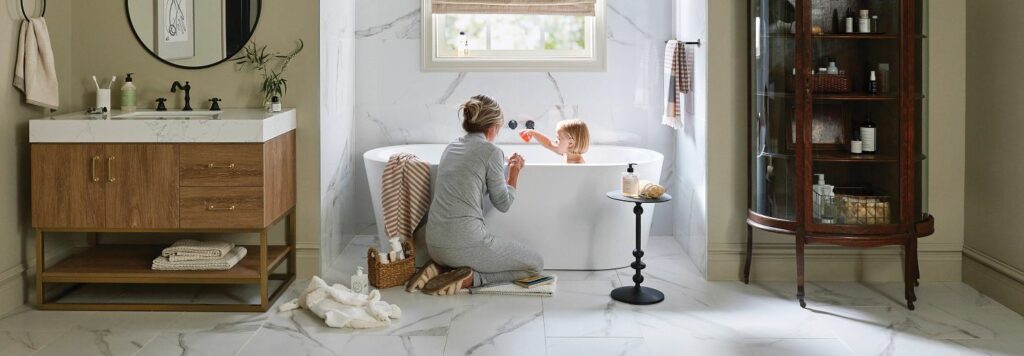Blog
Choosing the Best Flooring for High Traffic Areas
When it comes to busy households, there is always an area that is going to take the brunt of foot (and paw) traffic. It may be an entryway, or a hallway, or a path through the living room, but beyond doubt, every home has a space that would be considered…
Read MoreFloor Maintenance Tips for Busy Households
Given how fast life moves these days, who has time to clean? Between work, family and other obligations, there aren’t enough hours in the day, especially for chores. The key is to establish a sustainable routine to stay on top of cleaning, especially when it comes to hard surface floors.…
Read MoreWeather-Resistant Flooring for Outdoor Spaces
Although many of us may still need dress in layers at the moment, summer is just around the corner. Now is the perfect time to assess outdoor living spaces, to make sure that they are ready for warmer temperatures. There are many options when it comes to upgrading outdoor flooring.…
Read MoreFlooring for Easy Clean-Up
In today’s fast paced world, anything that can save time and conserve energy to help make our lives easier is worth investigating. When it comes to flooring, options that are easy to clean and maintain are the way to go! If you are in need of a new floor, and…
Read MoreFlooring for Small Spaces
When you are short on space, maximizing it is the name of the game. Small homes can be wonderfully cozy but also run the danger of appearing cluttered, cramped, or busy. Believe it or not, flooring can actually make your small space feel more expansive than it is, or unintentionally…
Read MoreTop Alternatives To Hardwood Flooring
True hardwood flooring, typically made from tree species such as oak and maple, was the industry standard in older homes. There weren’t many hard flooring options for homes built prior to the 1970’s, especially for living areas (not bathrooms or kitchens), so wood floors are commonly found throughout homes from…
Read MoreArea Rug Placement Guide
Area rugs, which can range in size, are a fantastic and decorative way to cover some floor space in a room or protect flooring in high-traffic situations. Their purpose varies; they can be used to designate how an area will be used, add a pop of color to decor, or…
Read MoreChoosing The Right Flooring For Your Living Space
One of the most impactful upgrades you can make to your home, other than the big ticket items like renovating the kitchen and bathrooms, is to change out the flooring in your living space. Whether you have an open-concept main floor, where the living room, family room, dining room and…
Read MoreBoho Flooring For Your Home
Boho style, short for Bohemian, began in France in the 19th century. A departure from the stuffiness of past decorating styles, Boho encourages individuality and creativity. The best part of Boho? There are no rules; you can feel free to choose styles, colors, patterns, and textures just because you enjoy…
Read MoreThe Benefits of Flooring Financing
As with many home improvement projects, new flooring can come with a significant price tag. Even if you are self-installing, you could be looking at a hefty bill for materials alone, plus any additional supplies and tools that may be required. And if you are paying for professional installation, the…
Read More